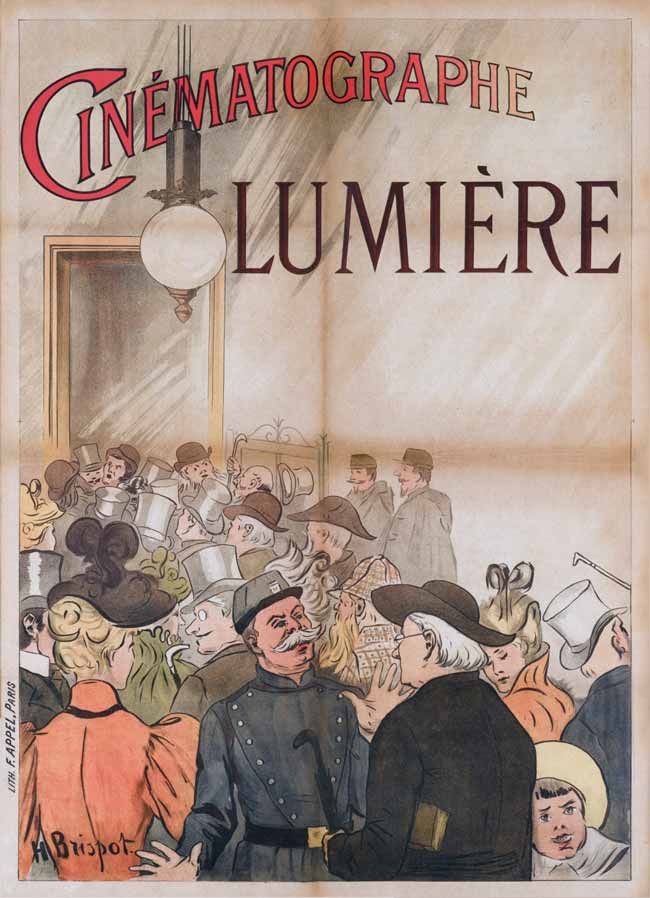
Historical films have always held a unique allure, promising to whisk us away to bygone eras, offering a window into pivotal moments and the lives of legendary figures. We flock to the theaters, eager to witness epic battles, royal intrigues, and dramatic personal struggles, all under the comforting assumption that we’re absorbing a dose of authentic history. Yet, beneath the lavish costumes and breathtaking cinematography often lies a tangled web of artistic license, creative embellishment, and sometimes, outright fabrication. It’s a fascinating tightrope walk between entertainment and education, where the pursuit of a compelling narrative frequently trumps the fidelity to facts.
Indeed, for every meticulously researched period piece, there are countless others that treat history less like a sacred text and more like a suggestion, a mere starting point for a more marketable tale. This isn’t always malicious; filmmakers often face the daunting task of condensing decades into hours, simplifying complex political landscapes for a mass audience, or simply trying to find the emotional core of a story. However, the line between ‘dramatization’ and ‘distortion’ can blur, leading to popular myths masquerading as historical gospel, much to the chagrin of historians who’ve dedicated their lives to uncovering the truth.
So, let’s peel back the layers of cinematic illusion and dive headfirst into the annals of Hollywood’s most notorious offenders. From battles fought without their crucial bridges to historical figures reimagined beyond recognition, we’re about to explore the films that decided a good story was far more important than a true one. Prepare to have some long-held beliefs shattered, as we reveal just how wrong some of your favorite historical epics got it.

1. **Amistad (1997)**: Steven Spielberg’s 1997 epic drama, based on the true 1839 slave ship rebellion and the subsequent Supreme Court case, is undeniably powerful and emotionally resonant. However, for all its grand ambition, the film takes considerable liberties with historical accuracy, primarily to craft a more conventional ‘white savior’ narrative, a common cinematic trope that often simplifies complex historical realities.
A key example lies in the portrayal of John Quincy Adams, played by Anthony Hopkins. While Adams did indeed argue for the African refugees’ freedom in real life, his antislavery stances were far more nuanced and, frankly, ‘wishy-washy’ than the unwavering moral conviction depicted on screen. The film streamlines his character to fit a more heroic mold, overlooking the complexities of his political motivations and personal evolution.
Perhaps most glaringly, the movie conspicuously omits a rather uncomfortable historical detail: the fact that 3,000 white people actually paid 12 cents each to ‘stare’ at the Africans while they were held in jail awaiting the trial that would decide their fate. This stark omission paints a less complete, and perhaps less challenging, picture of the racial dynamics and public sentiment of the time, choosing instead to focus on a more palatable, feel-good narrative arc.
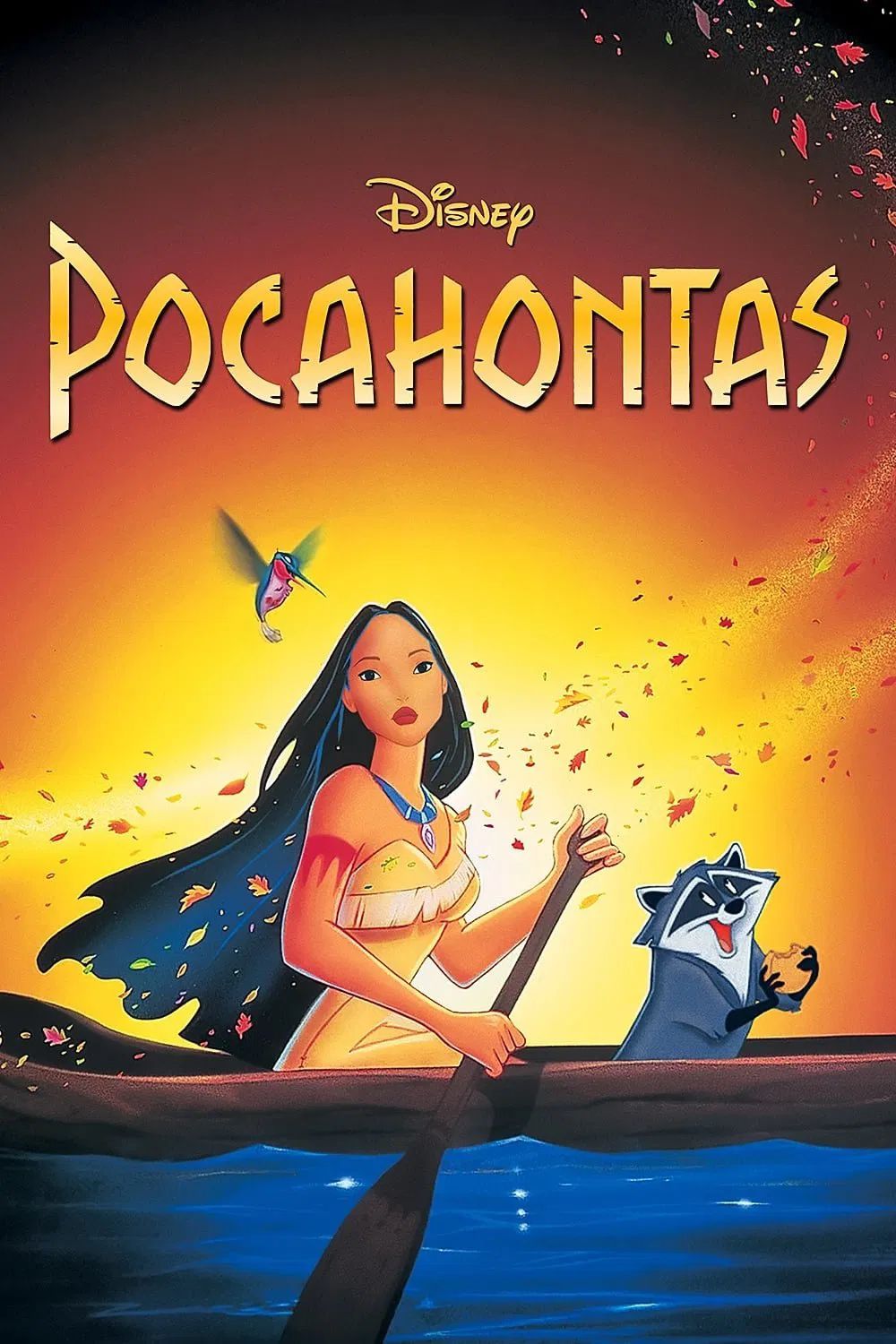
2. **Pocahontas (1995)**: Disney’s animated feature from 1995 positioned itself as a heartwarming tale of peace between Native Americans and English colonizers in the early 17th century, centered around the life of Amonute, nicknamed Pocahontas. It’s a classic Disney narrative of forbidden love and inter-cultural understanding, but one that utterly unravels under the slightest historical scrutiny.
While Captain John Smith himself did circulate the story that the chief’s daughter saved his life, historians continue to debate whether her act was truly one of mercy or simply a misunderstanding of a traditional adoption ceremony ritual. Regardless of that pivotal moment, the film’s central romantic entanglement between Smith and the then-12-year-old Pocahontas is pure, unadulterated fantasy. In reality, Pocahontas was captured seven years later and subsequently married John Rolfe, painting a very different picture of her life.
Beyond the personal inaccuracies, the movie’s ‘friendly overtones’ are a jarring contrast to the grim reality of European colonization. The historical record indicates that a staggering 90 percent of the native population perished due to disease and genocide at the hands of European settlers. This devastating truth is, understandably, ‘not exactly Disney material,’ but its omission transforms a tragic historical period into a sanitized, sugar-coated fairy tale that fundamentally misrepresents the brutal impact of colonization.
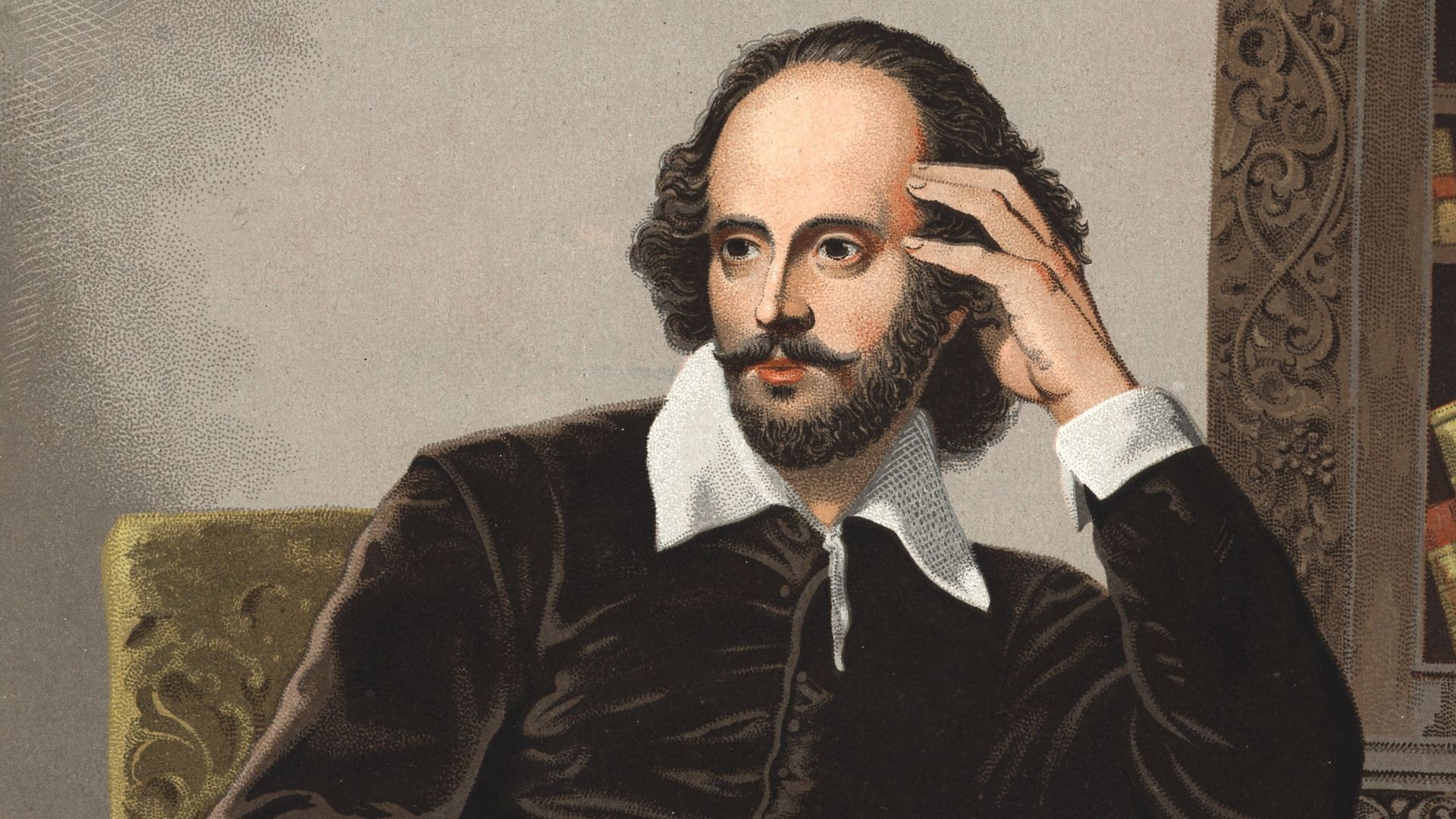
3. **Shakespeare in Love (1998)**: This much-beloved romance, which famously scooped up a Best Picture Oscar, transported audiences to Elizabethan England, promising a delightful romp through the playwright’s formative years. However, if you’re looking for historical fidelity, you’ll find that academics specializing in Shakespeare and Renaissance history had ‘so many glaring errors’ that the film borders on a complete historical reimagining.
According to these scholars, ‘Nothing was accurate, from the props to the ways the characters talked.’ The dialogue, the settings, and the very fabric of Elizabethan life depicted in the movie were, to put it mildly, more akin to ‘the 1990s dating scene, except set in Elizabethan England.’ It’s a delightful fantasy, certainly, but one that requires a hefty suspension of historical disbelief.
Adding to the anachronisms, the film depicts Shakespeare writing a play titled ‘Romeo and Ethel, the Pirate’s Daughter.’ While this sounds like a wonderfully whimsical theatrical endeavor, it is entirely fictional. One can only dream of such a ‘masterpiece’ actually existing in the Shakespearean canon, but alas, it’s just another charming fabrication in a film that prioritized romantic comedy over historical authenticity at every turn.
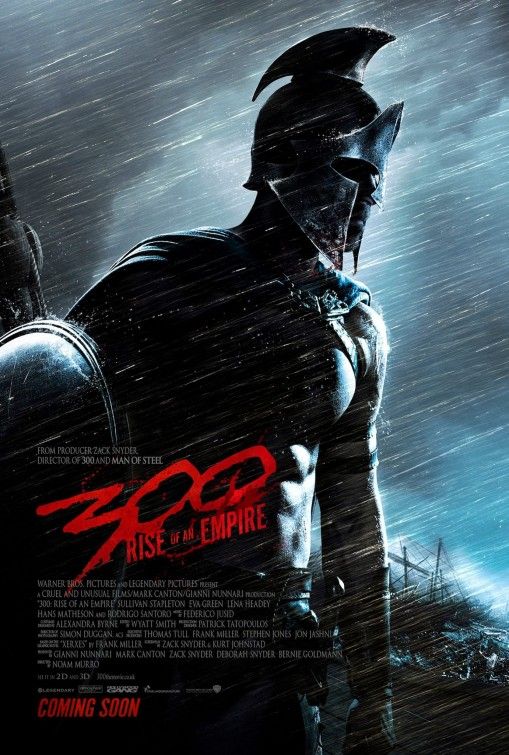
4. **300 (2006)**: Zack Snyder’s hyper-stylized action film is a visual spectacle, ostensibly based on the real Battle of Thermopylae that took place in 480 BC between a small band of Spartans and the vast Persian army. While it cemented a particular aesthetic in cinematic history, its approach to historical accuracy is, well, as exaggerated as its slow-motion battle sequences.
For starters, the film’s title, ‘300,’ refers to the number of Spartan warriors. In reality, there would have been significantly more warriors from Sparta present, likely closer to 7,000, not a mere 300. This numerical reduction amplifies the ‘last stand’ narrative but sacrifices the true scale of the ancient conflict.
Furthermore, the film’s depiction of the Spartan warriors, replete with their chiseled ‘six-pack abs’ and battle outfits designed to display them, is likely a romanticized fantasy rather than historical fact. More egregiously, Xerxes, the real-life Persian king, is portrayed as a ‘scantily clad giant god with a nose ring and covered in jewelry.’ Historical records, however, ‘imply the ruler dressed in clothes and was human,’ a stark contrast to the film’s fantastical, larger-than-life antagonist. It’s a prime example of how artistic interpretation can veer wildly from documented history for dramatic effect.
Read more about: Some Used Vehicles That Defy Expectations and Deliver Lasting Value

5. **JFK (1991)**: Oliver Stone’s sprawling, three-hour-and-26-minute epic about the John F. Kennedy assassination was a box office hit, earning over $200 million and garnering eight Oscar nominations. Stone claimed the film was based on ‘research’ and even spurred calls for the release of classified files related to the assassination. Yet, much like the conspiracy theories it explores, many of the scenes in the movie are ‘completely made up,’ blurring the line between dramatization and speculative fiction.
A significant instance of this fictionalization involves a witness in the movie who is dramatically ‘murdered after confessing he worked with the CIA, had a close relationship with Lee Harvey Oswald, and knew the identities of the real killers.’ This gripping plot point, designed to heighten the film’s conspiratorial tension, has no basis in reality. In real life, the very same man ‘was never found guilty and died of natural causes,’ completely undermining the film’s dramatic narrative twist.
The film’s accuracy is tricky, as it is ‘actually pretty accurate to Garrison’s investigation,’ which itself ‘has been criticized as being mostly conspiracy theory.’ This creates a paradoxical situation where the movie is accurate to a controversial, potentially inaccurate investigation, making it both ‘accurate and inaccurate’ simultaneously. It’s a fascinating case study in how a film can be true to a subjective perspective rather than objective historical fact.
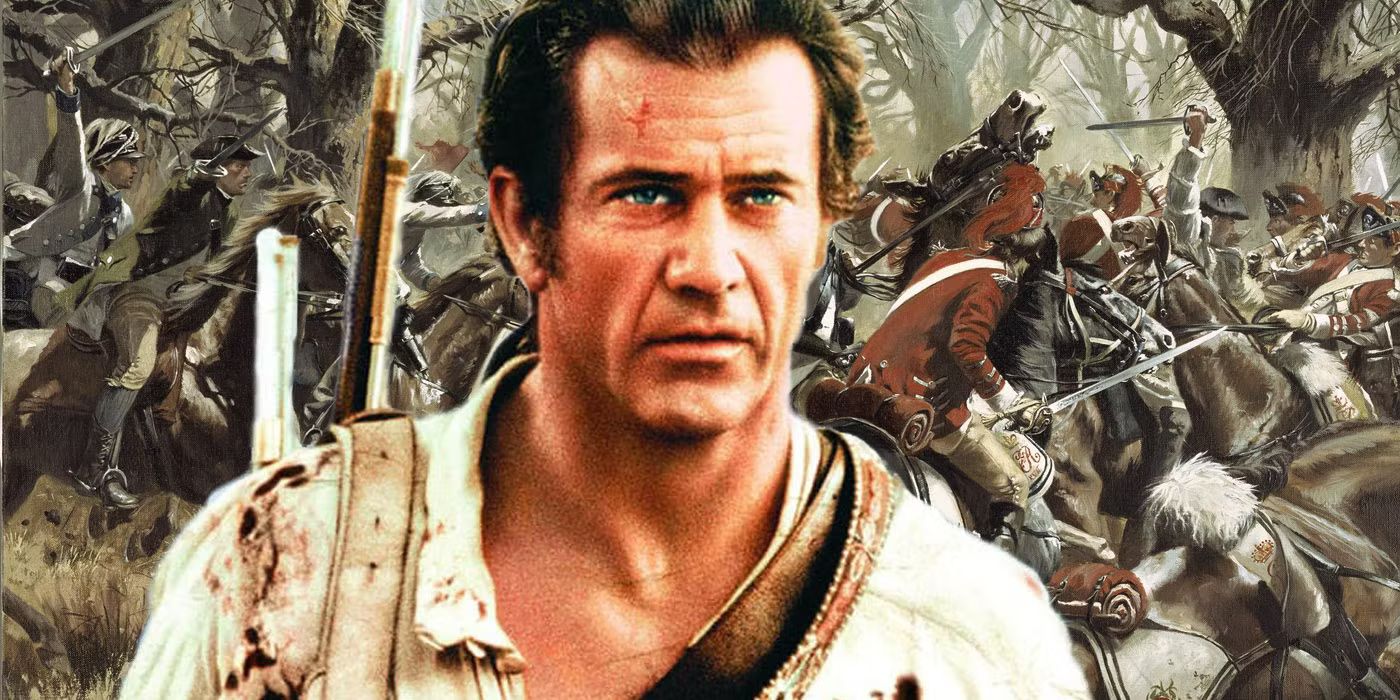
6. **The Patriot (2000)**: Mel Gibson makes another appearance on this list with his Revolutionary War drama, a film ‘filled with a bunch of events that never took place.’ While aiming for a heroic portrayal of American resistance against British tyranny, ‘The Patriot’ often veers into melodramatic fiction, creating scenarios designed for maximum emotional impact rather than historical fidelity.
The ‘most glaring addition’ is a particularly gruesome scene in which ‘civilians are locked in a church that is then set on fire by British troops.’ This horrific event, designed to underscore the villainy of the British, is entirely a cinematic invention. Gibson’s character frequently accuses the British of ‘breaking the “rules of war,”’ which is anachronistic as ‘there weren’t any at the time,’ further highlighting the film’s tendency to project modern sensibilities onto historical conflicts.
Furthermore, the film’s portrayal of slavery is notably sanitized. It ‘showed few slaves, and those it did represent were upbeat,’ a stark departure from the brutal realities of slavery during that period. Even the quaint detail of ‘bundling bag’ Heath Ledger’s character is sewn into so he can spend the night with his girlfriend without having sex, is a misrepresentation; ‘bundling did occur, but it was typically the woman who wore the bag.’ These composite inaccuracies, even seemingly minor ones, contribute to a fundamentally skewed view of the historical context.
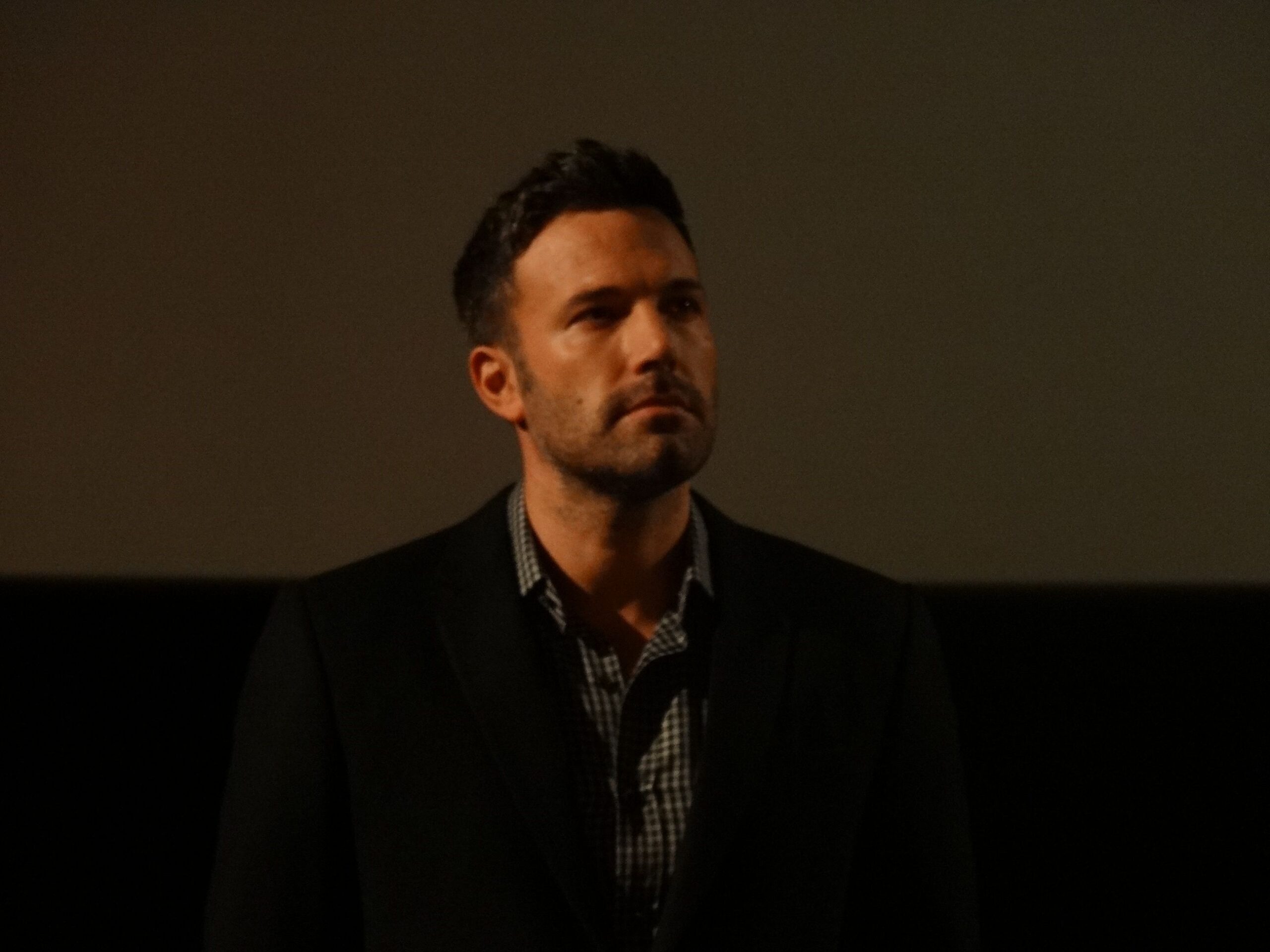
7. **Argo (2012)**: Ben Affleck’s ‘Argo’ was a critical darling, even winning the Best Picture Oscar, for its thrilling depiction of a fake movie production created to rescue six Americans from Iran. The core premise, surprisingly, is true. However, the film’s historical awards cabinet would likely remain empty, as it ‘wouldn’t win any history awards,’ mainly due to its egregious downplaying of a crucial ally’s role.
The most significant inaccuracy lies in the film’s complete marginalization of Canada’s involvement and indispensable help in the hostage rescue. In reality, Canada played a pivotal, credit-taking role at the time to shield the CIA from repercussions. ‘Most of the people involved, including President Jimmy Carter,’ have since affirmed that the Canadian government’s role, particularly that of Ambassador Ken Taylor, ‘was greatly diminished in the movie and that they deserve most of the credit.’ This omission is frankly ‘insulting’ to the real historical efforts of a nation that risked much.
Adding to the dramatic license, the film’s ‘tense airport hijinks in the film’s climax never took place.’ The real-life airport scene, far from being a nail-biting escape, ‘actually went as smoothly as hoped.’ ‘Argo,’ while a masterclass in cinematic tension and storytelling, proves that a compelling narrative often comes at the direct expense of historical nuance and credit where credit is due. It’s a perfect example of a great movie that chose to amplify one nation’s heroism by diminishing another’s.
Navigating the murky waters between historical inspiration and outright fabrication, we’ve already seen how Hollywood can take us on a scenic detour from the truth. But our journey into the cinematic hall of shame is far from over. There are still more titans of the screen that, despite their artistic merits or blockbuster success, deserve a rigorous fact-check. These are the films that continue to shape public perception of history, often with a casual disregard for the diligent work of historians.
Let’s press on, then, into another set of cinematic spectacles that prove a captivating story can sometimes be a beautifully crafted lie. From samurai epics that forget their ninjas to biographical dramas that rewrite entire personalities, prepare for another round of historical myths getting gloriously busted.
Read more about: 15 Movie and TV Villains People Find Hot
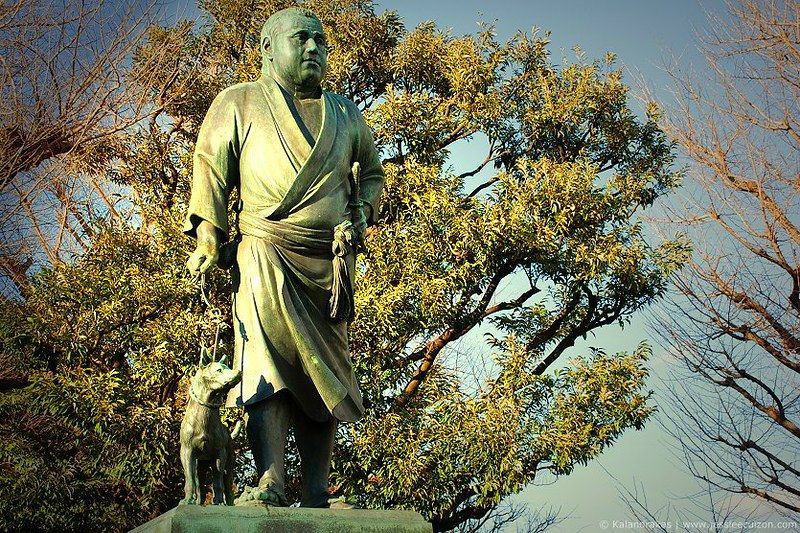
8. **The Last Samurai (2003)**: Tom Cruise’s cinematic foray into 19th-century Japan, ostensibly depicting the 1877 Satsuma Rebellion, is undoubtedly a visually stunning and emotionally charged experience. Yet, for all its epic sweep and honorable intentions, the film takes liberties that fundamentally misrepresent key aspects of the era it seeks to portray. It crafts a narrative that, while compelling, often prioritizes a familiar Western heroic arc over the authentic historical tapestry.
The most glaring deviation from reality begins with its central character: Tom Cruise’s American Civil War veteran, Nathan Algren. While a compelling figure for a Hollywood narrative, no such American veteran was present to aid the Satsuma Rebellion. This fictional insertion serves to create a ‘white savior’ archetype, a common cinematic trope that, in this instance, overshadows the indigenous complexities and motivations of the Japanese warriors themselves, reducing their struggle to a backdrop for an outsider’s journey of redemption.
Furthermore, the film’s meticulous attention to detail regarding samurai culture sharply contrasts with its more casual dismissal of broader historical context. The movie curiously includes ninjas, a group whose active presence had long since faded by the 1877 setting. Moreover, the intensely stylized fight scenes, while visually breathtaking, predominantly feature swords, conspicuously ignoring the widespread use of guns and rifles that were very much in play during this period of Japan’s rapid modernization. It’s a selective portrayal that prioritizes a romanticized vision of the past over its more nuanced, and weaponized, reality.
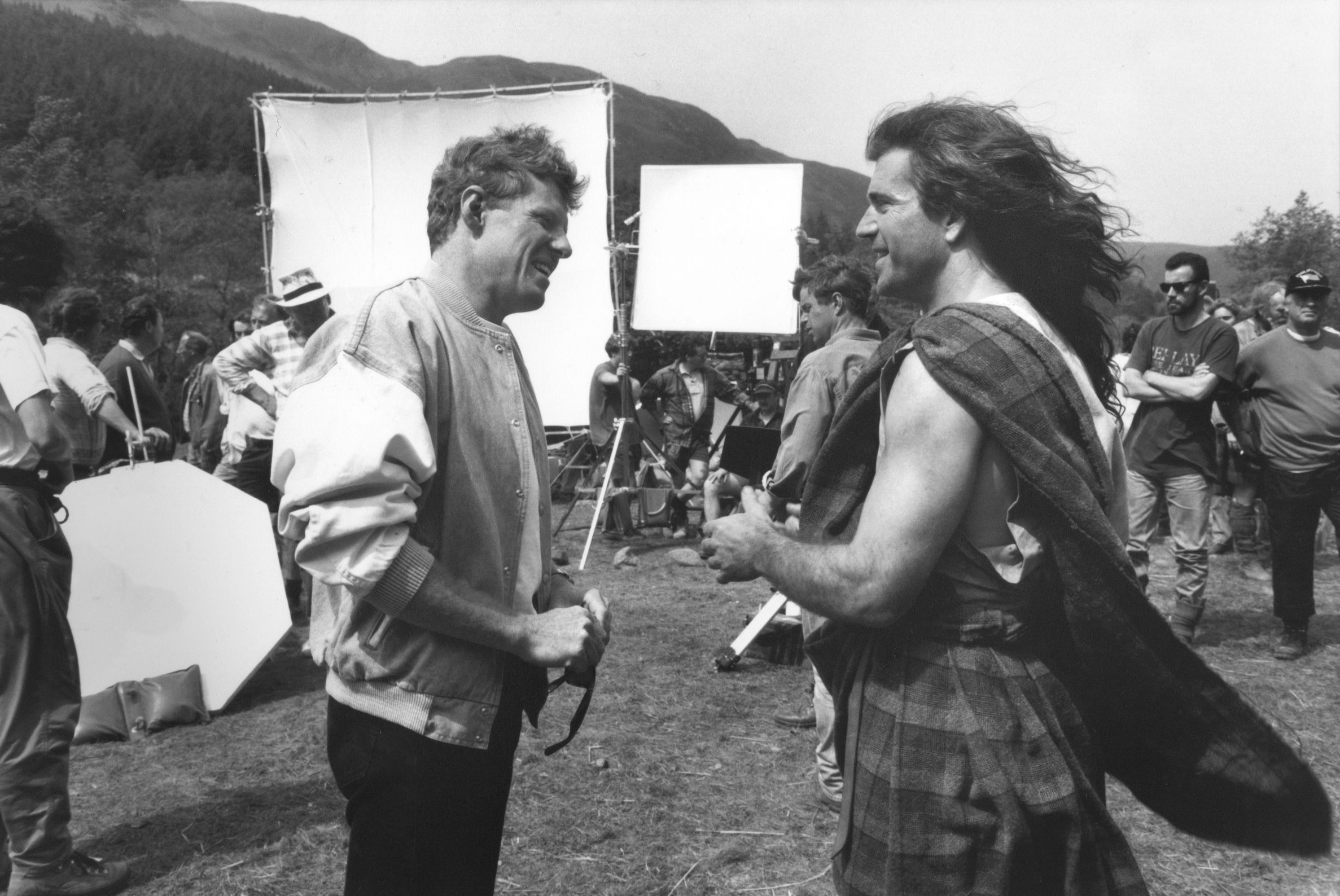
9. **Braveheart (1995)**: Mel Gibson’s Oscar-winning epic about the late 13th and early 14th-century Scottish rebellions against English rule is a masterpiece of rousing historical fiction, but a total historical hot mess. While the battles certainly occurred, their cinematic depiction often bears little resemblance to actual events, showcasing a narrative ambition that consistently trumps academic rigor. It’s the kind of film that makes historians wince even as audiences cheer.
The film’s historical inaccuracies are legion, starting with the very portrayal of William Wallace himself. The movie depicts Wallace (played by Gibson) as being raised as a farmer, a humble origin story designed to resonate with underdog narratives. However, historical records suggest that the real Wallace was born into Scottish aristocracy. Even the dramatic catalyst for Wallace’s rebellion – the murder of his wife – is a cinematic invention, as historical records offer scant details about her, or indeed, much about the intensely private life of the real William Wallace.
Perhaps most famously, the movie’s portrayal of the pivotal Battle of Stirling Bridge is utterly baffling: there is no bridge in the film. This glaring omission transforms a battle where Wallace brilliantly used the river and the bridge to secure victory into a giant, open-field melee, fundamentally distorting the strategic genius of the real event. Add to this the anachronistic kilts and blue face paint (woad) — which were out of fashion centuries before Wallace’s time — and the utterly impossible romantic entanglement between Wallace and Princess Isabella of France (who was a mere three years old during Wallace’s rebellion and married Edward II *after* his death), and you have a film that truly earns its crown as the king of historically inaccurate movies.
Read more about: 15 Iconic Movie Lines You’ll Instantly Remember

10. **Newsies (1992)**: Disney’s 1992 musical, *Newsies*, offers a charming and energetic take on a real historical event: the Newsboys Strike of 1899. While the film successfully captures the spirit of youthful rebellion against corporate greed, its commitment to historical accuracy extends primarily to the general trajectory of events, leaving much of the vibrant detail to the realm of musical theater fantasy. It’s a feel-good story where truth takes a back seat to song and dance.
The core premise of the strike — the newsboys protesting increased profits for newspaper bigwigs at their expense — is indeed accurate. However, one should temper expectations of historical realism when watching a musical. The real newsboys, for all their pluck and determination, did not spontaneously burst into synchronized song and dance routines in the streets of New York City, as charming as that image might be. The film infuses the historical struggle with a theatricality that prioritizes entertainment over strict documentary fidelity, making it a delightful, if embellished, historical footnote.
Beyond the grand musical numbers, the film’s characters themselves are more composites than accurate biographical portraits. The charismatic lead, Jack Kelly, played by Christian Bale, is not based on a single historical figure but rather synthesizes traits and experiences from several actual strike leaders. This approach allows for a more streamlined and dramatically potent narrative, but it means that while the spirit of the strike endures, the specific personalities and individual struggles are largely fictionalized. It’s a compelling example of how a true event can be distilled and reimagined to serve the demands of a captivating, family-friendly narrative.

11. **Marie Antoinette (2006)**: Sofia Coppola’s visually sumptuous biopic of the ill-fated French queen, starring Kirsten Dunst, is a feast for the eyes, awash in pastels, pastries, and punk-rock anachronisms. However, while it masterfully portrays the opulent isolation of Versailles, its characterization of Marie Antoinette herself often drew ire from historians who found it to be a rather shallow depiction of a far more complex historical figure.
The film presents Antoinette predominantly as a frivolous, fashion-obsessed teenager, seemingly caught in an endless cycle of excess and youthful indulgence. This portrayal emphasizes her youth and perceived immaturity. Yet, historical records paint a more nuanced portrait, suggesting that the real Marie Antoinette was far more intelligent and politically astute than the wide-eyed, shopping-addicted queen depicted on screen. The movie focuses on the glamor and the Gilded Cage, perhaps sacrificing her deeper political engagement for a more digestible, tragically romantic narrative.
Moreover, one of the most enduring — and misleading — quotes attributed to Marie Antoinette, “Let them eat cake,” makes an appearance in popular culture discussions, yet historians widely agree that she likely never uttered these infamous words. The film, while not explicitly endorsing this quote, contributes to the popular perception of her as out-of-touch, reinforcing a myth that has long defined her public image. Coppola’s aesthetic triumph is undeniable, but her *Marie Antoinette* remains a vivid example of how historical figures can be molded to fit a particular cinematic vision, even if it means overlooking their genuine complexities and political agency.
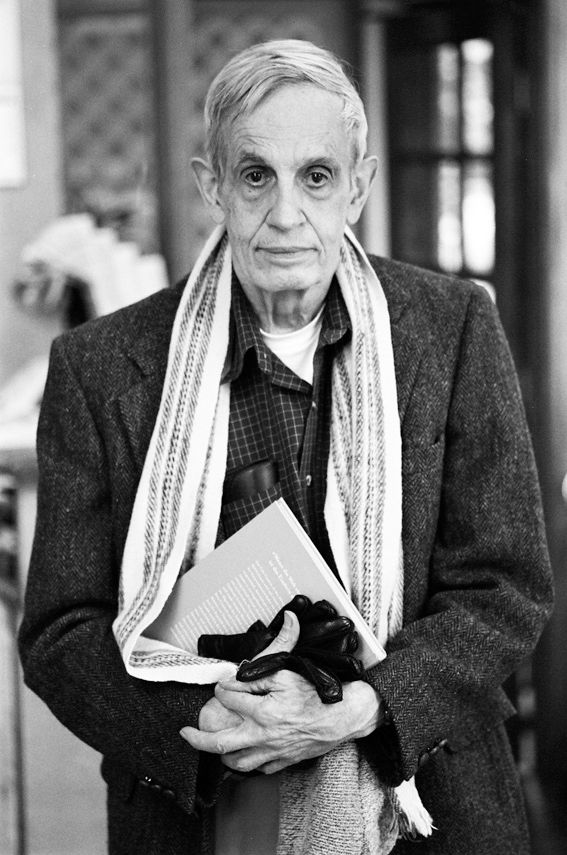
12. **A Beautiful Mind (2001)**: Ron Howard’s Academy Award-winning biopic, chronicling the life of brilliant mathematician John Nash (portrayed by Russell Crowe), is a powerful and emotionally resonant exploration of genius, love, and mental illness. It was lauded for its dramatic storytelling, yet its portrayal of Nash and his battle with schizophrenia has been critiqued by mental health experts and historians for significant departures from biographical accuracy, making it a film that is both ‘accurate and inaccurate’ simultaneously.
The film bravely tackles Nash’s struggle with schizophrenia, offering a harrowing glimpse into the subjective experience of living with the condition. In this aspect, it captures the *essence* of his fight, portraying how he grappled with delusions and hallucinations. However, the film simplifies the complexities of Nash’s diagnosis and treatment, particularly in the way his schizophrenia manifested. Critics felt that the cinematic depiction of his hallucinations and the eventual ‘management’ of his illness differed significantly from the real John Nash’s experience, streamlining a messy, lifelong battle for dramatic clarity.
Beyond the clinical portrayal, many events in Nash’s personal and professional life were either inaccurate or completely fabricated for the film’s narrative arc. While the movie aims to celebrate his intellect and enduring marriage, it embellishes or alters specific biographical details, leading to a selective interpretation of his life story. The film effectively creates a compelling human drama, but often at the cost of strict biographical fidelity, serving as a reminder that even the most well-intentioned biopics can find themselves in a tricky balance between emotional truth and factual exactitude.
Read more about: Must-Watch Classics: 15 Iconic Films Spanning Sci-Fi, Fantasy, and Animation

13. **Pearl Harbor (2001)**: Michael Bay’s epic war romance *Pearl Harbor* arrived with all the bombast one expects from the director, promising to deliver a grand, sweeping account of the infamous 1941 attack that pulled America into World War II. It delivered explosions and melodrama in spades, but for historians and military experts, it was a frustrating exercise in historical revisionism, prioritizing a sappy love triangle over the genuine weight of a pivotal global event.
The film’s historical inaccuracies are numerous and often egregious, beginning with its central, entirely fictional romance between two American pilots and a nurse. This contrived love story is given center stage, relegating the monumental historical events of Pearl Harbor to a mere backdrop for personal drama. The attack sequences themselves, while visually spectacular and loud, contain numerous fantastical elements, such as Japanese planes supposedly flying between buildings at impossibly low altitudes, pushing the boundaries of realism for mere cinematic thrill.
Adding to the list of historical missteps, the film exaggerates the American response during the attack, particularly the successful takeoff of American pilots. In reality, only a handful of American planes managed to get airborne, achieving little success against the Japanese attackers. Furthermore, the timeline of events is severely compressed, portraying the Doolittle Raid as occurring just months after Pearl Harbor when it actually took place nearly half a year later. And, in a truly bizarre creative choice, the film shows President Franklin D. Roosevelt, who was paralyzed, dramatically rising from his wheelchair to inspire his military advisors—a completely fabricated moment designed for cinematic impact that diminishes the real-life struggles of a historical figure.
Read more about: 6 War Movies That Totally Face-Planted: A No-Holds-Barred Look at Films That Haven’t Aged Well
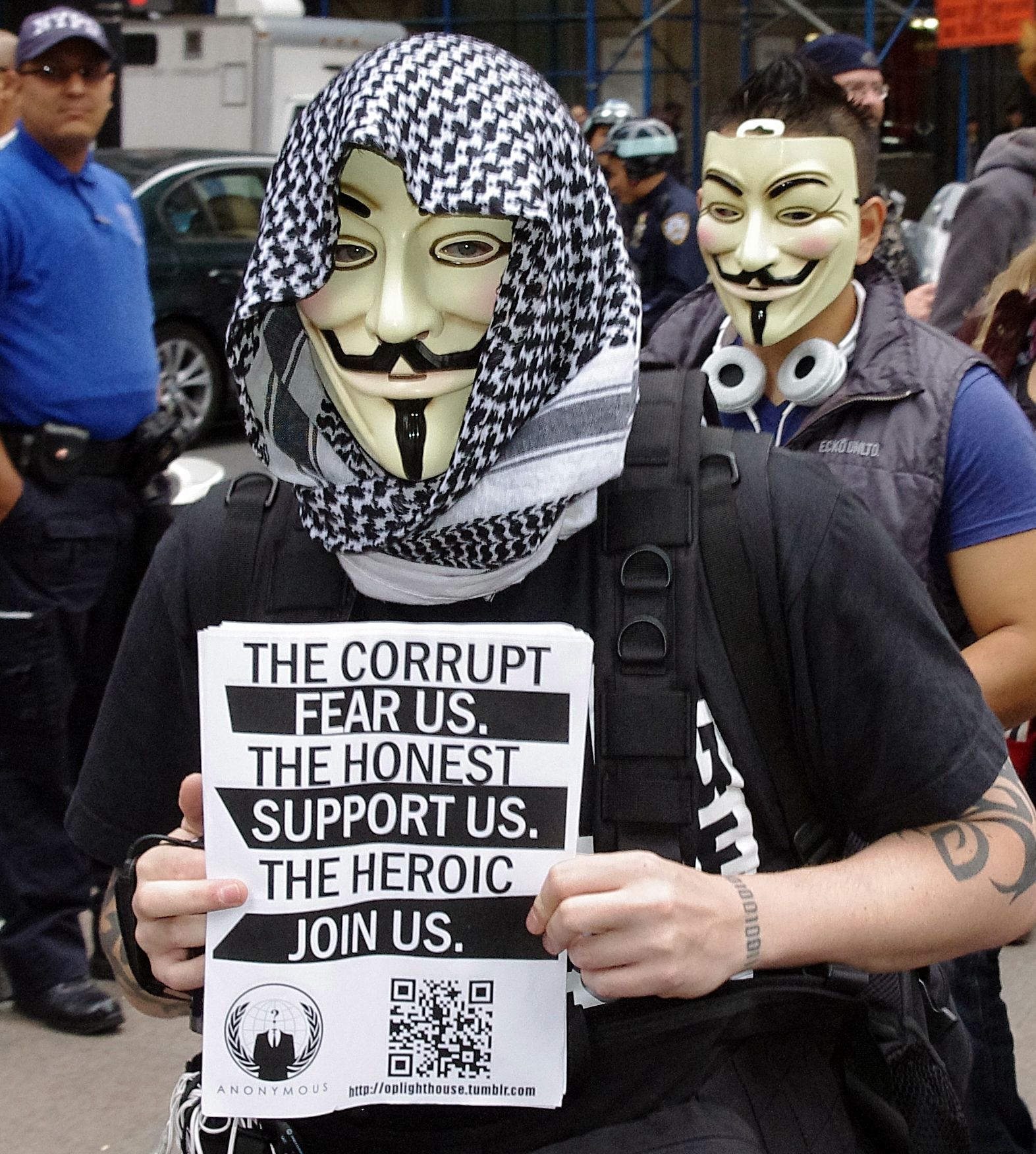
14. **Anonymous (2011)**: Roland Emmerich’s *Anonymous* delves into one of the most contentious literary conspiracy theories: the idea that William Shakespeare of Stratford-upon-Avon did not, in fact, write the plays attributed to him. Instead, the film champions the ‘Oxfordian theory,’ positing that Edward de Vere, the 17th Earl of Oxford, was the true author, using his hidden works to exert political control over the masses. This premise, as you might imagine, infuriates Shakespeare scholars to their core.
The film’s central conceit fundamentally challenges centuries of literary scholarship, portraying Shakespeare as an illiterate frontman, a mere figurehead for the aristocratic de Vere. This narrative is entirely at odds with the established facts of Shakespeare’s life and career, which, while not without their gaps, provide a substantial body of evidence supporting his authorship. The film not only promotes a fringe theory but constructs an entire dramatic world around it, inventing characters and scenarios to bolster its speculative claims.
Historians and literary experts have roundly denounced *Anonymous* as a work of historical fantasy rather than a credible reinterpretation. The film’s dramatic structure relies heavily on conspiracy, secret identities, and political intrigue, all designed to create a compelling alternative history. While it might offer an entertaining ‘what if,’ its core premise remains fiercely rejected by the academic community, serving as a prime example of a film that actively seeks to rewrite historical consensus to serve a provocative, albeit captivating, narrative.
As our journey through the annals of cinematic history concludes, it becomes clear that the silver screen, for all its magic, often prefers a good story over a true one. From the battlefields of ancient Greece to the opulent courts of Versailles, and the bustling streets of turn-of-the-century New York, filmmakers have consistently molded facts to fit compelling narratives, whether for dramatic flair, emotional impact, or simply to craft a more palatable heroes’ journey.
But this isn’t to say these films are without merit. Many are masterpieces of storytelling, visual spectacle, or emotional depth, earning their place in our hearts and awards cabinets alike. The key, perhaps, lies not in outright dismissal, but in mindful viewing. It’s about understanding that Hollywood is a dream factory, not a history classroom. So, next time you settle in for a historical epic, enjoy the ride, but keep a healthy skepticism. Because in the dazzling world of cinema, sometimes the most incredible stories are the ones that are beautifully, painstakingly, wonderfully wrong.



